Section 2
The Transformation of Economic Systems
By Boundless

Pre-industrial typically have predominantly agricultural economies and limited production, division of labor, and class variation.
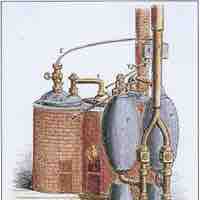
During the Industrial Revolution (roughly 1750 to 1850) changes in technology had a profound effect on social and economic conditions.
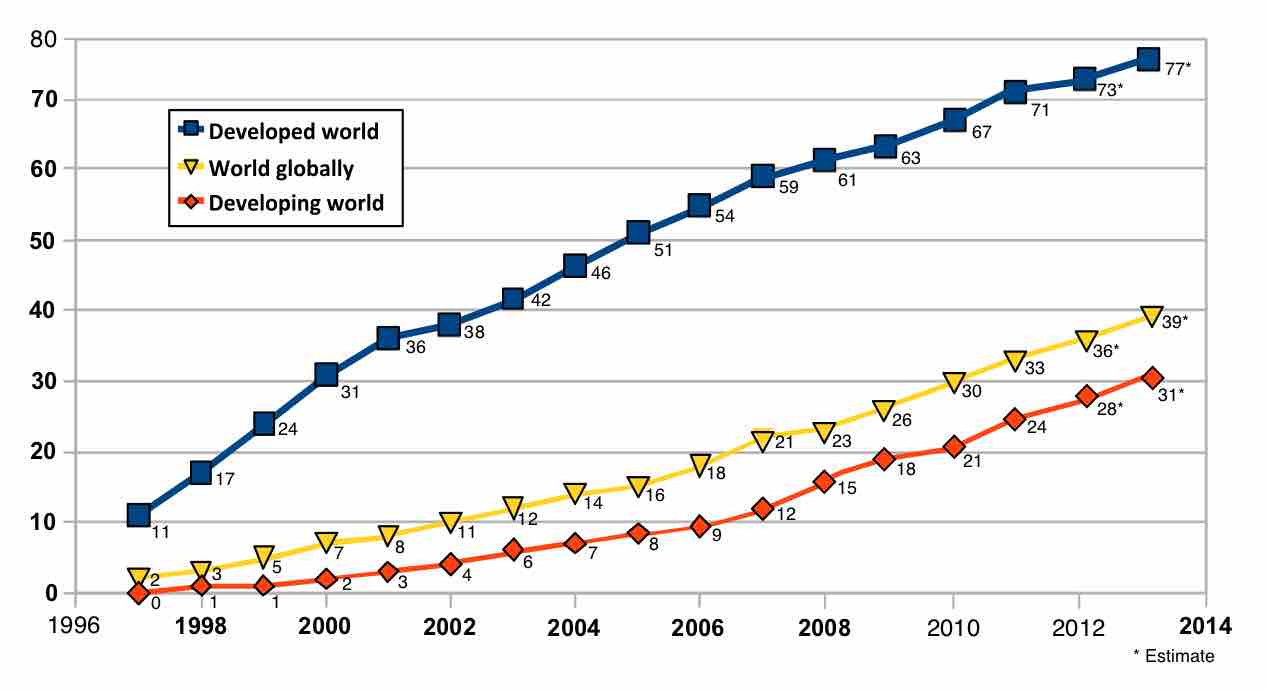
In the "Information Age," individuals can transfer and have instant access to information, leading to a profound economic transformation.
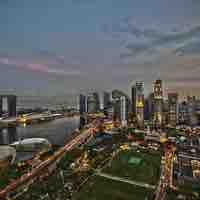
Some thinkers argue that in the last few decades trends associated with globalization have increased the mobility of people and capital.

Global trade (exchange across international borders) has increased with better transportation and governments adopting free trade.
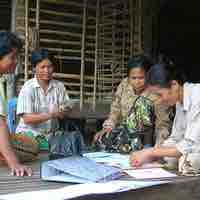
Microfinance is usually understood as the provision of financial services to micro-entrepreneurs and small businesses.
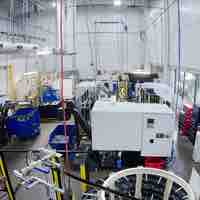
Industry has become more information driven and less labor intensive, leading to a polarization between high- and low-skilled jobs.
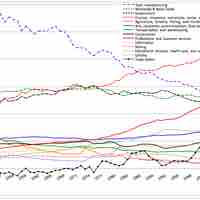
Deindustrialization occurs when a country or region loses industrial capacity due to relocation or increased efficiency.
Corporations have powerful legal rights, and some have revenues that exceed the revenues of sovereign nations.
Recently, industry has become more information-intensive, which has led to higher productivity but also higher unemployment and inequality.

After WWII, decolonization ended formal colonialism, but economic inequality has given rise to neocolonialism.

A trade bloc is an agreement where regional barriers to trade are reduced or eliminated among the participating states.